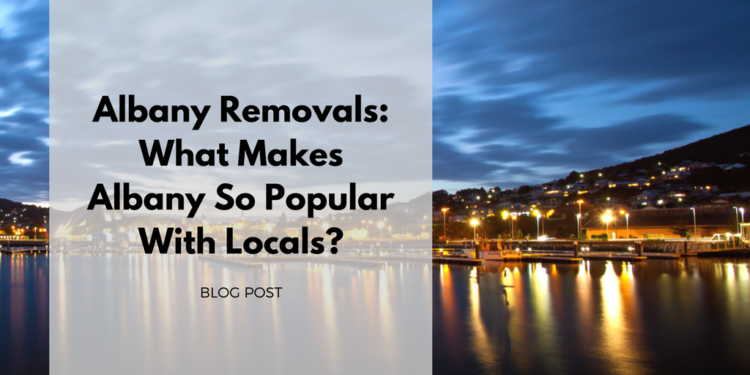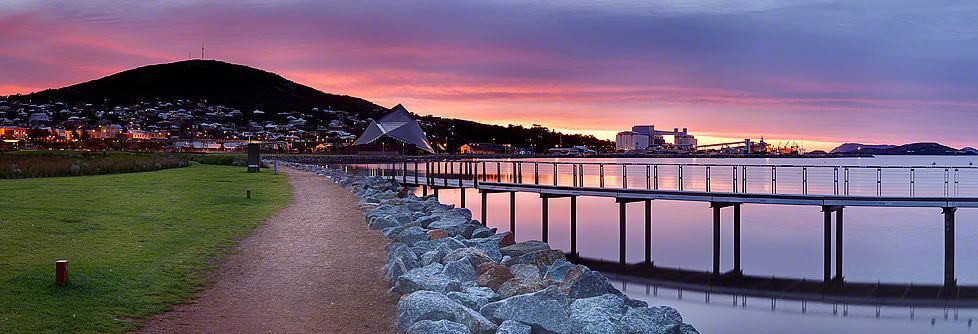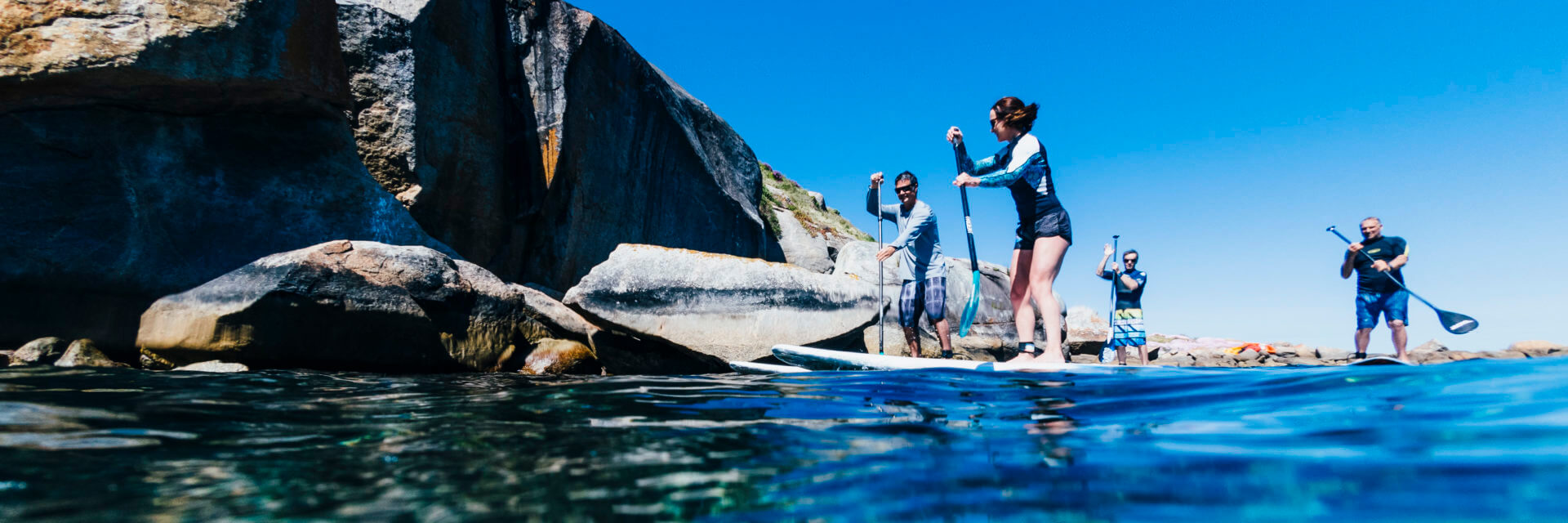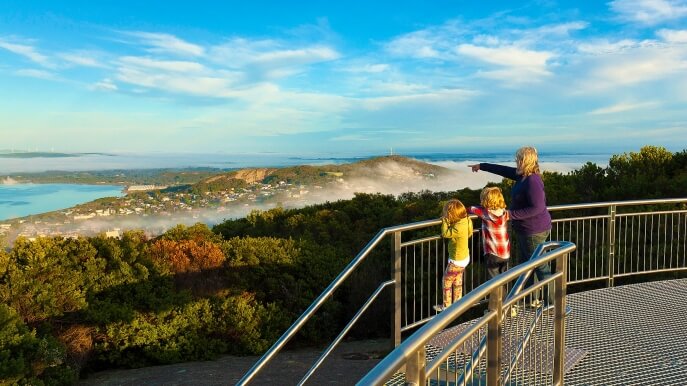
Albany. Southernmost point on the Albany Highway which links this vibrant south coastal town with the state capital city Perth.
The site of the first settlement in Western Australia in 1826, Albany (originally named Frederickstown in honor of the second son of King George) was three years old before the Swan River colony came into being. From that early point, Albany has watched as it’s economy has become intertwined with the surrounding ocean, initially in the form of seal hunters and whalers. The whale station at Frenchman’s Bay remains today as a museum to remind all comers of the history associated with whaling.
Run by the Cheynes Beach Whaling Company until it’s closure in 1978, this building stands as a testament to the ever-changing world in which we live. Less than fifty years ago we hunted whales almost to the point of extinction, today they are protected and the numbers have increased dramatically. Today, all whaling and sealing has ceased, with the spoils of the ocean harvested being none other than fish and crustaceans.
 Stand at the bottom end of town near Princess Royal harbor and you can only be amazed by the huge rock edifices facing south towards the harbor. Dominated by Mt Clarence, you have to go some five hundred meters away from the ocean to finally get to where the natural land falls away from the ocean. Imagine the daunting look of this to a group of settlers armed with very little other than a pick and axe?
Stand at the bottom end of town near Princess Royal harbor and you can only be amazed by the huge rock edifices facing south towards the harbor. Dominated by Mt Clarence, you have to go some five hundred meters away from the ocean to finally get to where the natural land falls away from the ocean. Imagine the daunting look of this to a group of settlers armed with very little other than a pick and axe?
The views from around the hillsides surrounding the Albany harbor are nothing other than stunning. Several lucky homeowners have uninterrupted 180-degree views right across the harbor, taking in the hills which dip gently into the water. Steeped in history, Albany abounds with 19th-century buildings dotted right across the hills facing the harbor. Many of these buildings are heritage listed, a very important protection against the style of desecration which pervaded in Perth during the 1960’s and 1970’s.
Albany abounds with heritage buildings including the museum, the Princess Royal Fortress and Patrick Taylor Cottage (one of the oldest buildings in Australia circa 1832). Albany, like most early settlements, was based on an agricultural background as the early settlers attempted to make the colony self-sufficient with food. This was no mean feat as the first and possibly largest problem they were faced with was the change in seasons from the northern hemisphere to the southern hemisphere.

Imagine planting a grain crop in November and expecting “winter” rains to make it grow?
The huge tracts of farming land to the east, north, and west have, over time become the home of numerous wineries, olive groves and vegetable farms. Like her more famous sister, Margaret River, Albany brings to the local and tourist population a vast array of wines, along with the experience of tastings on the vineyard. The long, wet winters ensure that the entry to the Albany region is always plentiful with green grass. This entry statement ensures that the visitor is always met with a cool and friendly atmosphere, a very pleasing feeling to start off your holiday.
Wonderful beaches such as Green’s pool, West Cape Howe and Torndirup National Park provide endless wonderful opportunities to swim, fish and explore for many hours. A replica of the brig Amity sits on the waterfront. Tourists are encouraged to go below decks to see for themselves exactly how the first settlers in Albany lived during their crossing of the Great Australian Bight. The Amity was used for other expeditions, to Fremantle and further up the West Australian coastline. Unfortunately, Amity met her end in 1845 of northern Tasmania.
The Sign at The Amity Reads:
“This is a full-size replica of the Brig Amity, the ship which carried the party which established the first British settlement in Western Australia. This party, under the command of Major Edmund Lockyer, landed near this spot on December 26th, 1826. The original Amity was completed in New Brunswick, Canada in 1816. After some years as a trader she sailed to Hobart and in 1824 was bought by the colonial government in Sydney to assist in supply and exploration. She was important in the establishment of settlements at Moreton Bay, Queensland and King George Sound, Western Australia. The Amity was wrecked of Flinders Island on June 18th, 1845”.
The National Anzac Centre provides a moving display of the men & wom en who departed the shores of Albany as the first ANZAC troops joining WW1. The moving and poignant display allows the visitor to “feel” the entire experience of those who were sent to fight in a war far distant from the shores of the relatively new colony of Australia, and more particularly Western Australia. Whilst following the exploits of any one of the volunteers, it is impossible to not be hit with the complete sense of the futility of war.
Man may be considered the most intelligent of all animals, but sometimes he lets himself down in a horrible way. Many of these volunteers were treated little differently than cannon fodder. So when the summer seems long and never-ending. The heat quite simply will not give up and you are at the end of your tether, do yourself a big favour and visit Albany.
Cool, refreshing and a great history lesson. Who could ask for more?

In need of Albany Removalists? Contact South West Removals to move houses from Perth to Bunbury, the South West, greater Western Australia and also interstate. Contact us or call (08) 9725 4766 to speak to a home removalist today.
